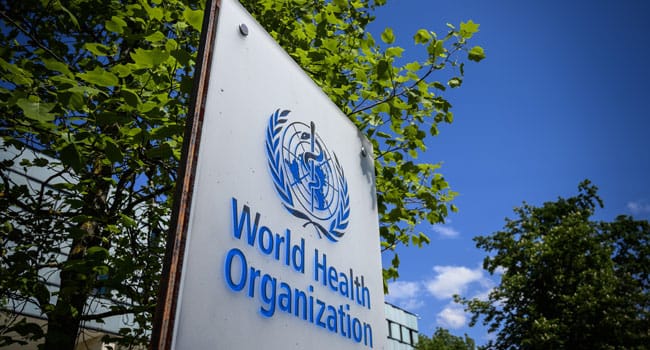The World Health Organization (WHO) has issued an urgent global alert over the rising threat of chikungunya, a mosquito-borne viral disease that is rapidly spreading across several continents and putting billions at risk.
Speaking during a press briefing in Geneva, WHO’s Technical Lead on Arboviruses, Diana Rojas Alvarez, warned that the disease though relatively unknown to the public has been detected in 119 countries and poses a danger to over 5.6 billion people globally.
“Chikungunya is not a disease that is widely known, but it has been detected and transmitted in 119 countries globally,” Rojas Alvarez said. “We are raising the alarm early so countries can prepare early, detect, and strengthen all capacities to avoid going through very large outbreaks.”
Chikungunya is characterized by high fever and severe joint pain, which can be debilitating. While the case fatality rate is less than one percent, the WHO warned that widespread infection could still lead to thousands of deaths, especially in areas with low immunity and limited healthcare infrastructure.
A warning based on history
The alarm comes amid a worrying resurgence of the virus, particularly in island nations of the Indian Ocean. Since the beginning of 2025, major outbreaks have been reported in Reunion, Mayotte, and Mauritius, with approximately one-third of Reunion’s population estimated to have been infected.
Rojas Alvarez drew parallels to a previous outbreak between 2004 and 2005 that swept across the Indian Ocean territories and later spread globally, affecting nearly half a million people. That same pattern, she noted, is now re-emerging.
The virus is also gaining ground in mainland Africa, with Madagascar, Somalia, and Kenya reporting cases. South Asia is currently battling epidemic-level transmission. Even Europe has not been spared, as imported cases have been reported in France and Italy, with some local transmissions confirmed.
Climate-driven threat
Chikungunya is transmitted to humans through the bites of infected female mosquitoes, particularly Aedes aegypti and Aedes albopictus, also known as the tiger mosquito. These mosquitoes are most active during the day, especially in the early morning and late afternoon.
Of concern is the spread of the tiger mosquito, which is moving farther north as global temperatures rise due to climate change. Its increasing presence in temperate zones has raised the risk of chikungunya and other mosquito-borne diseases spreading beyond traditional tropical and subtropical regions.
Difficult to diagnose
WHO officials noted that chikungunya’s symptoms closely resemble those of dengue fever and Zika virus, which can complicate diagnosis and delay appropriate public health responses. The overlap in symptoms makes laboratory testing critical in confirming cases and curbing transmission.
In response, WHO is calling on governments to act swiftly by strengthening surveillance, improving diagnostic capacity, launching public awareness campaigns, and implementing mosquito control strategies.
Prevention and protection
The WHO urged individuals to take preventive measures, such as applying mosquito repellents, using bed nets where necessary, and eliminating standing water in containers such as buckets, flowerpots, and tyres common breeding grounds for mosquitoes.
“In regions where the population has little or no immunity, the virus can cause large-scale outbreaks, affecting up to three-quarters of the population,” Rojas Alvarez said.
- Latest
- Trending
ADVERTISEMENT






















